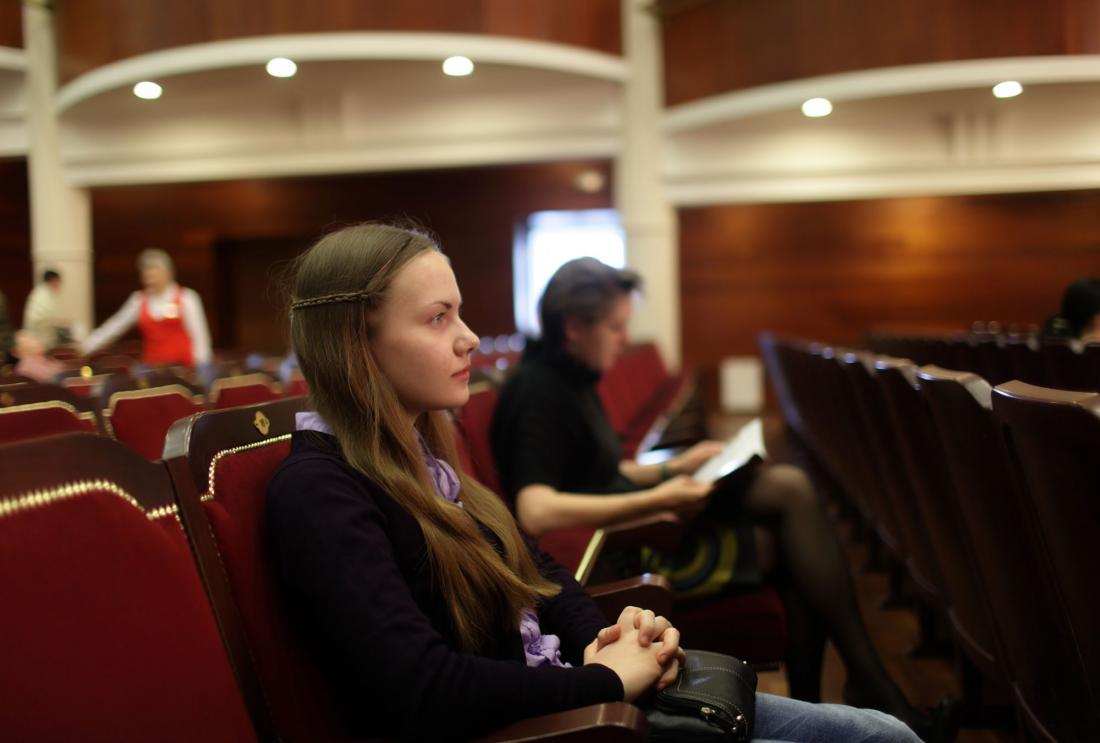Charitable Giving by Corporations and Aristocrats in Germany
- Urban population
- Charitable giving
- Information
Many charitable organizations rely on donations from sources such as corporations and aristocratically-titled individuals to fund their philanthropic work. Researchers partnered with the Bavarian State Opera House to conduct a randomized evaluation to test the impact of different fundraising methods on the giving behavior of aristocrats and corporations. They found that aristocrats were more responsive than other donor types but corporations gave the largest donations across all treatment groups.
Problema de política pública
Many charitable organizations rely on donations from sources such as corporations and aristocratically-titled individuals to fund their philanthropic work. Corporations accounted for nearly one-third of donations to charitable organizations in 2005, according to financial statements available for 20 charities on the Forbes’ list of America’s 200 Largest Charities. Nearly 98 percent of wealthy individuals in the United States (incomes greater than US$200,000 or assets over US$1 million) gave, on average, around US$120,000 to charity in 2005.1 Despite substantial giving from corporations and aristocrats, the bulk of philanthropy research has focused on individuals. Studying the motivations behind corporate and aristocratic giving may help charitable organizations diversify their funding sources and increase the amount of funds they raise.
Contexto de la evaluación
The Bavarian State Opera House in Munich, Germany designed “Stück für Stück,” a program to introduce youth from disadvantaged areas to opera music by offering workshops and heavily subsidized tickets. To raise funds for these youths' tickets, the opera house mailed donation requests to recent patrons, including individuals, aristocrats (those with formal titles such as Baron or Earl), and corporations.
Between June 2005 and June 2006, individuals and aristocrats spent about the same amount on a similar number of events in the year preceding the donation request mailing; however, corporations bought around three times the number of tickets and spent nearly five times more than individuals or aristocrats. The table below summarizes these customers’ purchases:
| Customer type | Number of tickets bought | Average ticket price | Total value of tickets |
|---|---|---|---|
| Individuals | 6 | €87 US$112 | €410 US$527 |
| Corporations | 18 | €112 US$144 | €1,878 US$2,415 |
| Aristocrats | 5 | €97 US$125 | €389 US$500 |
Note: Data from June 2005 to June 2006; US prices based on exchange rate from June 2006

Detalles de la intervención
In 2006, researchers conducted a randomized evaluation to test the impact of different fundraising methods on the giving behavior of aristocrats and corporations for the “Stück für Stück” program. The Bavarian State Opera House mailed donation requests to a random selection of recent customers, including 22,318 individuals, 362 corporations, and 53 aristocrats. Researchers randomly assigned each recipient to one of four letter types that varied in two dimensions: i) the mention of an existing anonymous donor and ii) whether a recipient’s donation would be matched by the anonymous donor.
- Comparison: Straightforward request for donation;
- Lead Donor: Request for donation plus information about an anonymous donation of €60,000 (US$77,153 in 2006);
- Proportional Match: Request for donation plus information about an anonymous match for 50 percent to 100 percent of every donation;
- Twenty Euro Match: Request for donation plus information about an anonymous match of €20 (US$26 in 2006) for every donation.
Researchers measured the effect of each treatment on the response rates and donation amounts of individuals, corporations, and aristocrats.
Resultados y lecciones de la política pública
Researchers found that aristocrats were more responsive than other donor types, but corporations gave the largest donations across all treatment groups.
Response Rates: Aristocrats were generally the most responsive to donation requests. Across all treatment letters, 13 percent of aristocrats responded, compared to less than five percent of individuals and corporations. Among corporations (for which there was a sufficient number of respondents), 6 percent of those informed about the lead donor responded, compared to 2 percent of those who received proportional matching letters.
Donation Amounts: Across all treatment letters, corporations donated more than individuals and aristocrats. Among corporations, however, there is some suggestive evidence that those informed about matching opportunities may have donated less than those who received non-matched requests.
Overall, this evidence indicates that corporations may require special treatment from charitable organizations when fundraising drives involve matching.
The Center on Philanthropy at Indiana University. 2006. Bank of America Study of High Net-Worth Individuals, 3, 5.
